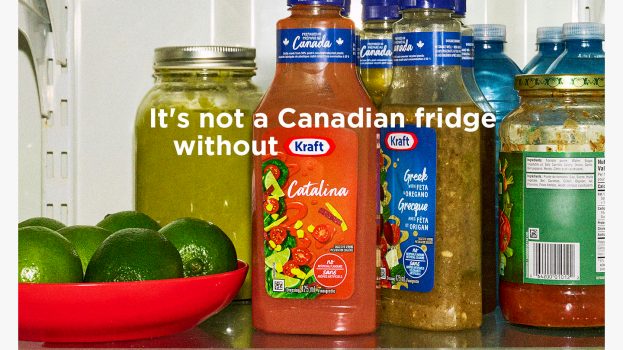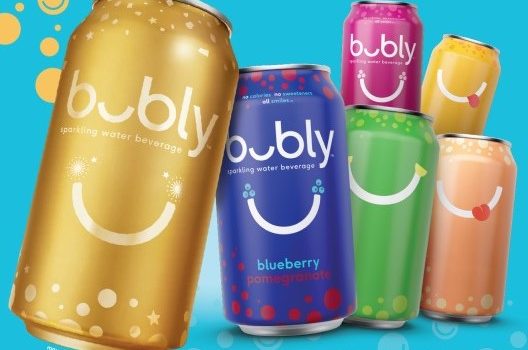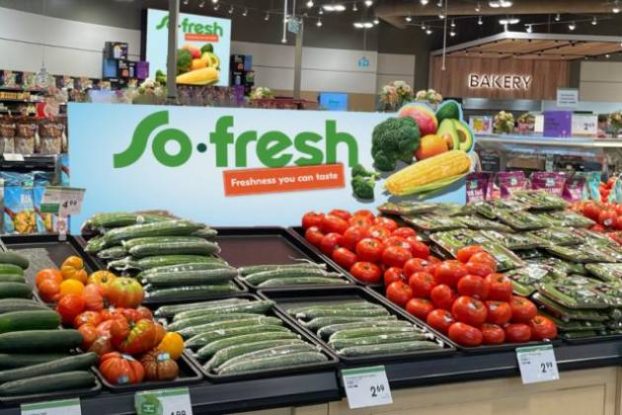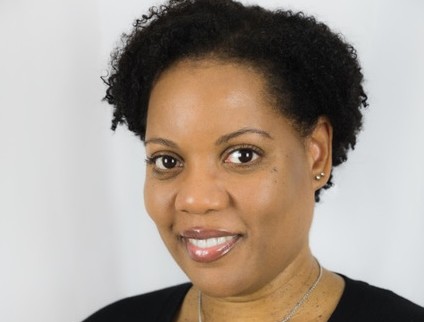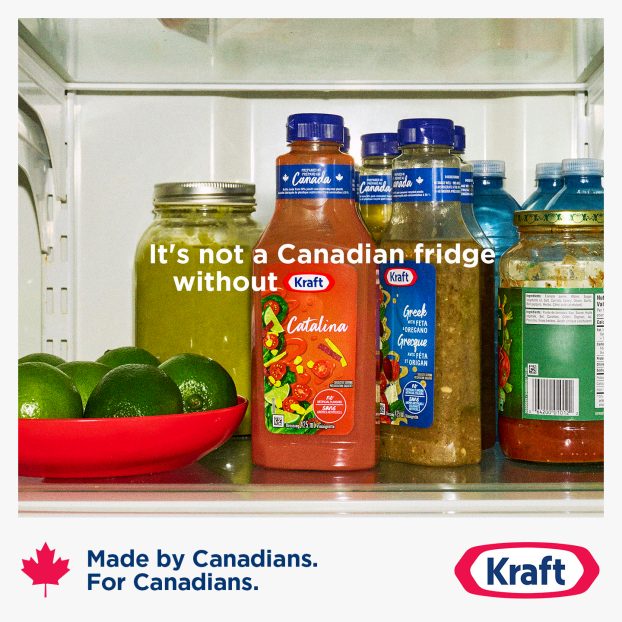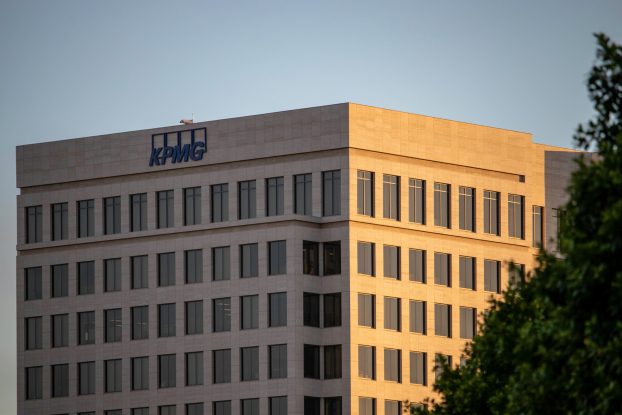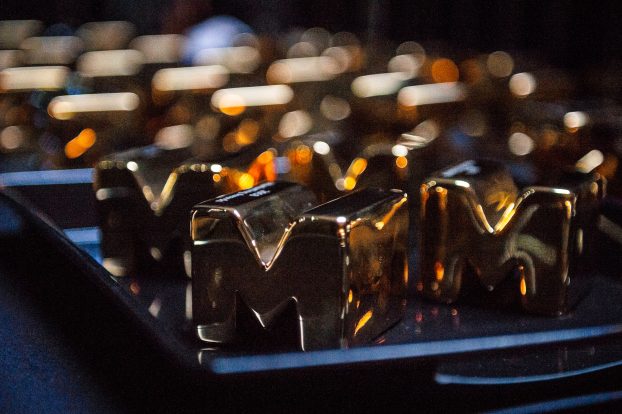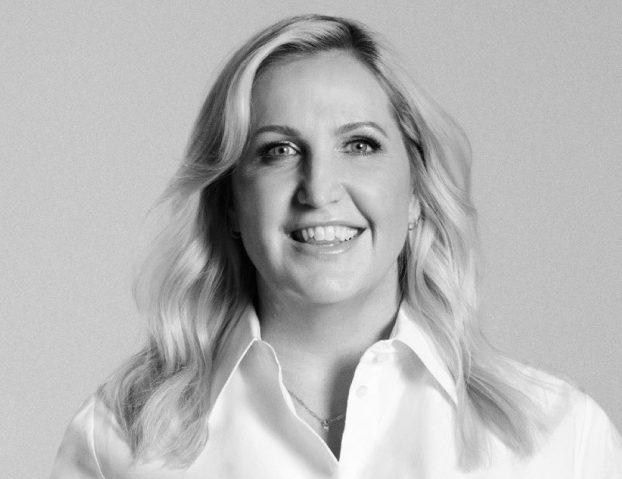To invest or not to invest in brands has become the pandemic question for big CPGs, who must weigh the slings and arrows of not doing so against the need to cut costs.
Different CPGs have been deciding whether or not they should be reconsidering plans to boost their brand and marketing investment after years of trying to compete on price. As it reported robust fabric and home care product sales in most recent quarterly results, Procter & Gamble said it would be “doubling down” on brand investment plans it began last year, with Kraft Heinz continuing to maintain its investment in its “iconic” brands – like Heinz Ketchup, Kraft Dinner and Classico pasta sauce, which have remained in high demand – while dialing back product innovation.
Coca Cola, on the other hand, has completely paused all major brand campaigns, focusing resources on its CSR and supply chain, the latter of which is what is delivering ROI at the moment. James Quincey, the beverage giant’s CEO, says it has been able to gain share of inventory in the store because it has sustained the supply chain, and that going forward, the company is going to embrace some “seismic consumer behavior shifts,” especially in e-commerce, while rolling back marketing, operational and discretionary expenses – a hedge against a COVID-related downturn in the second half of 2020.
PepsiCo is pivoting away from spending on its core beverages in order to focus more on energy drinks as well as snacking to take advantage of the fact that consumers snack differently during times of crisis. According to its EVP and CFO Hugh Johnston, PepsiCo is “reducing nonessential advertising and marketing spend to reflect the realities of the current environment.”
It might make sense to cut brand investment when logic suggests consumers might be shopping based on price for some time. But keeping up brand investment during the pandemic could help maintain trust so that consumers – currently buying from whatever competitors happens to be available – will come back to the fold once supply chains normalize.
“As a marketing professor, I know I am supposed to say there aren’t any downsides to doing more brand investment, but I do actually think some resources may be wasted at this point,” says June Cotte, professor of marketing at Western University’s Ivey Business School and president-elect of the Association for Consumer Research. According to Cotte, many consumers have more important concerns on their plates than the CPG brands they consider, and are keyed in on things like availability and cost. Recent StatsCan data finds 35.4% of Canadians fear losing their jobs as a result of COVID-19.
“Of course, if brands are investing by actually helping out in the crisis, such as donating products or treating their employees especially well then those stories should also be told,” she says, as it could go beyond maintaining the status quo of brand equity. But the crisis help has to be authentic and real, Cotte warns, and says any brand initiatives should resonate with the zeitgeist now: if they don’t, and assuming the company is already struggling, brand spending pullback would likely make sense.
“The hiatus from brand advertising doesn’t surprise me that much,” says Ken Wong, professor of marketing at Queen’s University’s Smith School of Business. He says basic brand support advertising often seen as a discretionary, unless it’s a big rebrand or launch.
Cotte says it is hard to say whether CPGs investing heavily in their core products will succeed against private labels and challengers going forward, and whether they’ll be able to accrue the classic benefits of brand-building: familiarity, trust and accessibility. Consumers may crave familiarity and nostalgia, rather than new innovations, at least for a while, as much of what’s “new” in people’s lives lately has been negative, thanks to COVID-19.
“I can see [consumers] retreating to the familiar,” Cotte says, though she cautions that there is a long-term price to be paid by diverting funds from product innovation. “It is tempting in the short-run to cut costs in innovation. But nothing ever stands still, and innovation won’t stop. It just may come from a competitor.”
What to expect from cost-conscious consumers
Whether big brands will build equity by cutting back on brand investment, especially with the demo of typically big brand-agnostic younger consumers, is something Cotte remains equivocal about. “Although the brands may still not be able to build a rapport or relationship with this younger group, the fact that they dominated shelves when supply chains collapsed may get encoded into a positive reaction that sustains.”
Wong points out that an entire generation of consumers’ habits were shaped by the Great Depression, like penny-pinching and over-saving as a hedge for their retirement years. People coming of age now – as well as older millennials who could see their second recession, following the 2008 financial crisis – could be similarly affected, since consumer behaviour established as a young person has lifelong implications.
“You will never spend a higher percentage of your income than when you’re young,” Wong says. “If you are learning to be a consumer right now, you are growing up with a different sense of what it’s like to be a buyer.” So there remains a brand development task for companies looking to reach this type of consumer, and efforts should be focused on making the product as relevant as possible.
In recent conference calls, Mondelez and P&G have both said they are looking at offering more cost-friendly packs and formats as a response to shifting demands. Wong says the dynamic between supplier and retailer is also changing. Suppliers are trying to help retailers with palette size and packaging, looking to make sanitizing and on-shelf prep work – typically the domain of the retailer – easier, as it will likely remain a concern for shoppers for some time. Suppliers are also working with retailers to find efficiencies and cost relief.
Economic studies and surveys have warned that COVID-19 and a resulting recession will have devastating effects on employment and personal finances. And the impact, Cotte says, will be that some consumers will search for value and “lowest price wins” cost-savings out of necessity. For some consumers, it will be all about cost for the foreseeable future.
Wong says that gouging complaints from consumers are vastly overstated – what is actually occurring at the shelf level is more cost-conscious consumers scrutinizing prices that would’ve been otherwise overlooked. Wong adds that this may lead to a mass migration to value-based merchants and big-box retailers for everyday items, setting up a showdown between ecommerce and bricks and mortar. Personal interactions and tactility, once seen as the advantage for in-person shopping, is now seen as a detriment due to health and safety concerns.
“A whole bunch of people were forced into ecommerce, and some of the holdout Luddites who have been doing it for eight weeks have experienced the benefits,” Wong says. “I don’t know if they will go back to bricks and mortar retail.”
According to Cotte, we have seen hard times before, and brands survived and even grew. And what is different about the current environment, she says, is that companies have more customer data than they have ever had before to guide their investments. Although not all firms use it effectively, “knowing your customers better than your competition does is a winning strategy.”


